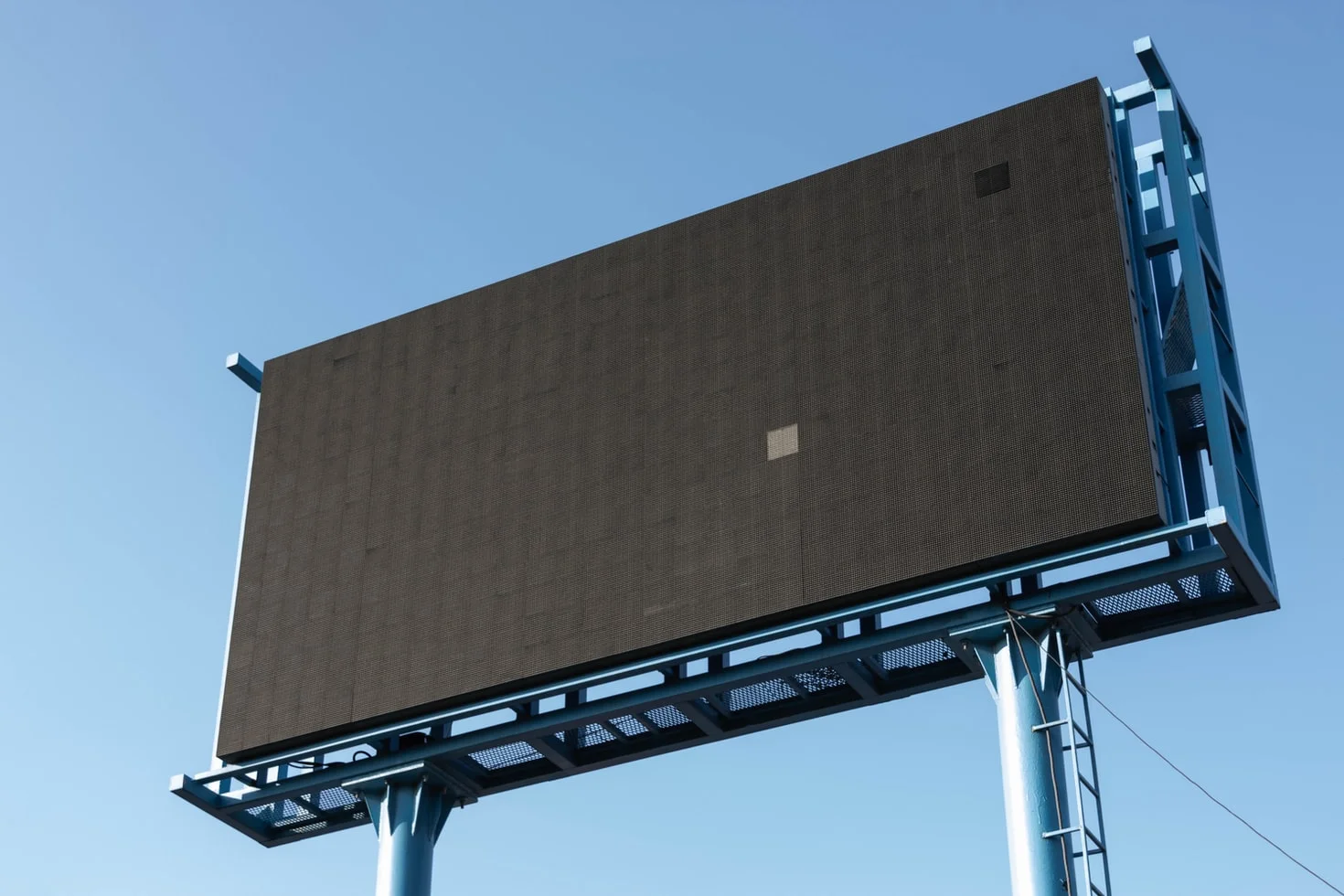So, what fascinating B2B technology marketing topic are we talking about today. Well, let’s start it off with a question. Are you reading this on your phone right now? If you are, don’t feel singled out. In 2020 alone, over 65% of all visits to websites were via our mobile phones. Whether we want to accept it or not, desktop is (not so slowly) being taken over by those skinny little screens that rest in our hands for the larger portion of the day. It’s clear that us marketers need to adapt our strategies to suit mobiles more now – we can’t just rely on the desktop experiences we design to work with both. So how do these approaches differ, and why is it so important to adopt a good mobile B2B strategy now rather than later?
Marketers are constantly multi-tasking, and marketing buyers are no different. B2B marketing is all about guiding leads on a journey, and nowadays it’s become increasingly likely that people will begin that journey on their smartphones. However, this leads to a lower number of conversions, probably the reason why many B2B marketers have avoided developing better mobile marketing strategies. Whilst B2B and B2C aren’t necessarily in competition with each other, it’s obvious that B2C is currently winning when placed on a mobile phone. B2B needs to take notes in order to catch up. When designing content meant to be seen on a mobile, don’t laden it with heavy swathes of information. Keep it short, catchy and use engaging imagery to immediately spark interest. Whilst phones may lead to less conversions, they can also significantly cut down the time it takes from first impact to fully converting that lead.
But it isn’t enough to just make your text less dense and add some attractive imagery. In order to build a successful mobile marketing strategy, you’ll have to accept and then utilise all of the modern capabilities of smartphones that we love to use today. By this I mean tools like location services and the ability to use voice search on most, if not all, mobile browsers. A recent survey conducted by Google itself found that a staggering 50% of B2B search questions were on phones. This introduces a fantastic way to lead people towards conversion; simply by being the answer. Seeing as the journey has to be shorter on a mobile device to maintain interest, simply linking your pages to a specific question as your keyword chops the conversion time almost in half. This also opens you up to popping up on more voice search results, as these are undoubtably going to be rather specific questions.
Another easy way to convert more leads on a mobile phone which sadly a desktop strategy can’t work with as well are click to call links. You’ve probably used one before, but if you haven’t these are when links are embedded into phone numbers within a piece of text. These will likely be blue, bold or highlighted in some way. As you are using the appropriate device that is compatible with these links, merely tapping on them should give you the option to call, message or save that number. This is a fantastic way to not only cut down the length of the buyer journey but allows you to embed more points of contact in a natural and inoffensive way. You don’t have to over-rely on CTAs as desktop B2B content is sometimes in danger of but give the lead the choice to contact you at any stage of the journey, in their own way.
I briefly mentioned location services on mobile, but you might not immediately jump to how they can benefit B2B. I know I wouldn’t. I’ve talked about the ever-growing importance of personalisation in B2B marketing, and location services on mobile devices are excellent at helping that. Once a person opts in for location services, marketers can then tailor their content to suit those that will be truly interested in what they’re offering. For example, if you’re a technology-focused company like Stone2Stone, location services can show you all the people who went to a technology show or conference. You can then use this data to identify suitable prospects and target them with personalised ads. Furthermore, another study by our old pal Google found that over 60% of people that use smartphones would like advertising to be more personalised, based on their location. In my case, my location services are almost always turned on on my phone, but next to never turned on on my desktop.
So, there you have it. As mobile usage increases, it’s time to utilise the different services and opportunities it offers to create one hell of a marketing strategy. Use this in tandem with a top-notch desktop content strategy and you’ll cover more leads than ever before. Good luck!
